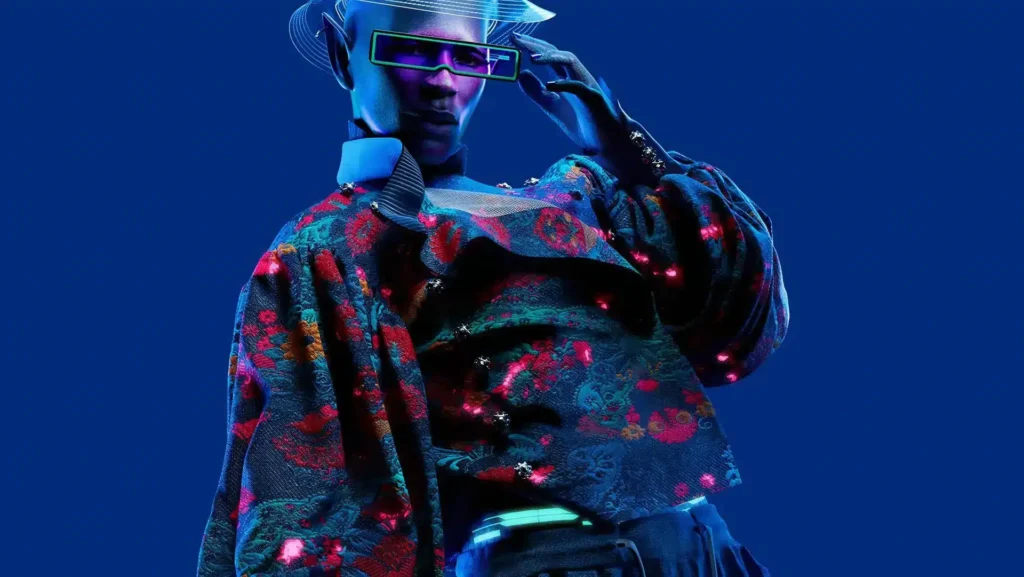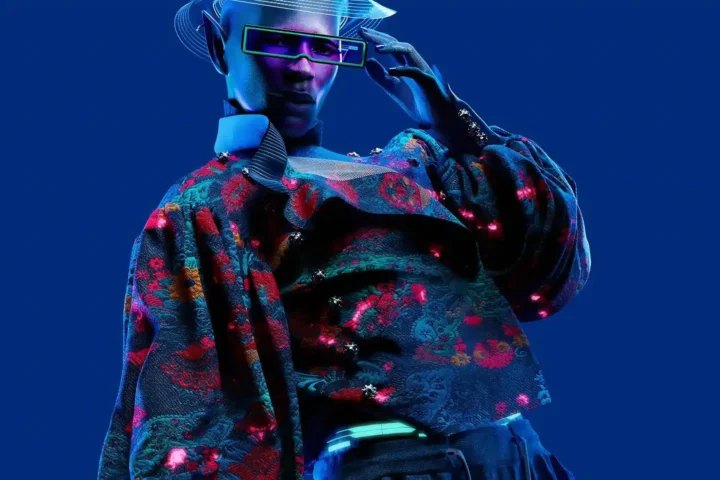Streetwear has always been about more than just clothing—it’s an expression of culture, identity, and individuality. In 2025, streetwear continues to dominate global fashion, but with a bold new twist: sustainability. What was once a niche movement has now become mainstream, as eco-friendly fabrics, ethical production, and circular fashion models shape the future of urban style.
The rise of sustainable streetwear reflects the growing awareness among younger generations about climate change and ethical consumption. Gen Z and Millennials, who make up the majority of streetwear enthusiasts, are demanding transparency from brands. They want to know where their clothes come from, who made them, and what impact their purchases have on the planet. As a result, major streetwear labels are rethinking their production models and adopting greener practices.
One of the biggest shifts in 2025 is the use of innovative materials. Organic cotton, hemp, and recycled polyester are no longer rare in streetwear collections—they are the new norm. Designers are also experimenting with futuristic fabrics such as lab-grown leather, biodegradable textiles, and materials made from food waste like orange peels or mushrooms. These eco-friendly fabrics not only reduce waste but also give streetwear a fresh and edgy aesthetic that aligns with its bold cultural identity.
Beyond materials, streetwear brands are embracing the circular fashion model, where clothes are designed to be reused, resold, or recycled. Resale and rental platforms are thriving, allowing consumers to give pre-loved streetwear a second life. Some brands now even offer repair services and recycling programs, ensuring their products don’t end up in landfills. This aligns perfectly with the streetwear community’s ethos of creativity and reinvention, where vintage and second-hand items are often celebrated as much as new releases.

Sustainability has also become a powerful marketing strategy. Streetwear drops in 2025 are no longer just about exclusivity—they’re about responsibility. Limited-edition eco-collections are released with full transparency reports, showing buyers the carbon footprint of each item. QR codes on tags allow customers to trace the journey of their clothing from raw material to final product. This transparency not only builds trust but also strengthens the cultural bond between brands and their audiences.
Technology is another driving force. With AI and blockchain integration, brands can track sustainability metrics more accurately and share them with customers. Augmented reality (AR) try-ons and digital fashion drops also help reduce waste by allowing people to experiment with looks before making physical purchases. The merging of streetwear culture with tech innovation ensures that sustainability doesn’t compromise creativity but instead enhances it.
Culturally, sustainable streetwear has gained immense influence because it fits seamlessly with the values of self-expression and activism. Wearing eco-friendly streetwear is no longer just about fashion—it’s a statement of solidarity with the planet. Streetwear icons, from musicians to influencers, are using their platforms to promote sustainable labels and challenge the fast-fashion cycle. Social media movements have amplified this shift, making sustainability not just a trend but a lifestyle choice.
Of course, challenges remain. Sustainable streetwear often comes at a higher cost, raising concerns about accessibility. Many smaller, eco-conscious brands struggle to scale production without compromising their values. However, the growing demand from conscious consumers is pushing even large corporations to adapt, signaling that sustainable fashion is here to stay.
As 2025 unfolds, streetwear is proving that style and sustainability can coexist without compromise. By blending eco-conscious practices with bold design, the streetwear community is redefining what it means to be fashionable in the modern era. The movement shows that caring for the planet doesn’t mean sacrificing individuality or culture—in fact, it adds even greater depth to what streetwear represents.










